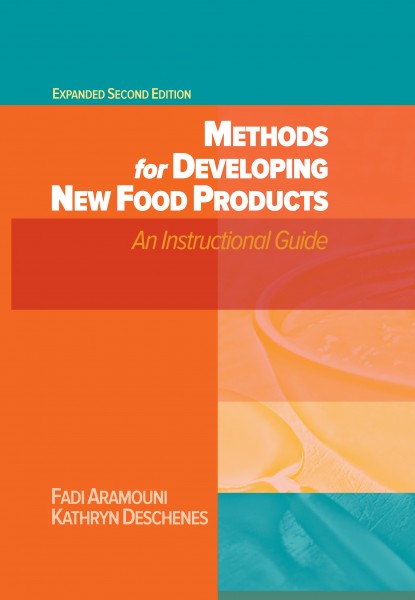
Statistics show that training programs aimed at ensuring worker safety and reducing the potential for injury not only successfully achieve these goals, but also reduce potential liability. So, shouldn't we take the same tack with our food safety, sanitation and quality programs? The food industry should consider food safety and sanitation training the same way it does worker safety training.
Unfortunately, many companies ignore worker education and training beyond what is shared with new employees during orientation. This is often a cursory review of plant hygiene and sanitation practices that is conducted not by the technical staff but human resources personnel. Including food safety, sanitation and quality during orientation is an excellent first step (but remember to continue education and training beyond orientation).
Your employee manual should review food safety issues and be read and signed by each employee. In so doing, you're offering yourself some level of protection:
1. The employee's signature indicates that he or she has read the materials.
2. The signature on the manual is something that a third party audit can see and it indicates that the company has informed the employee.
3. The manual shows that the company is cognizant of these issues and the need to address them with employees.
However, no matter how thorough your manual is, one question will prevail: Do employees understand what they have read and why the issues addressed in the manual (or any other training session) are important? This may be an area where a company could become liable. Ideally, liability should be a mandatory part of education for all staff. This includes not just the technical staff, but also those in marketing, sales and management.
Product liability focuses on the product. A company may be deemed liable if the product was unsafe or defective, and the defective product caused an injury. If your product resulted in illness or injury, you will be liable regardless of whether it met industry, company or international standards. So, why emphasize training? A well-trained and educated workforce can prevent problems and help ensure that your company will not receive other damages. For example, if an illness or injury was caused by a worker problem, the company may be considered to be at fault for failing to properly train the person doing the work. Training and education in food safety, hygiene and quality can protect your company and your products on several levels.
How do you know if the training program is effective? The most important point to consider is the worker. Food processors must remember that they are dealing with adult learners and educating and training adult learners requires a different approach. Programs for adult learners should be applicable and relevant to their jobs, short and focused, interactive, visual and fun. These programs should not only educate, but they should also motivate, enhance communication and be treated as a reward. One of the best ideas that can be incorporated into training and education programs is Dale's Cone of Experience. As you can see, the more you involve the employees, the more bang you'll receive for your buck.
Dale's Cone of Experience People generally remember:
10% of what they read20% of what they hear
30% of what they see
50% of what they hear and see
70% of what they say or write
90% of what they say as they do something
Source: Wiman and Mierhenry, Educational Media.



